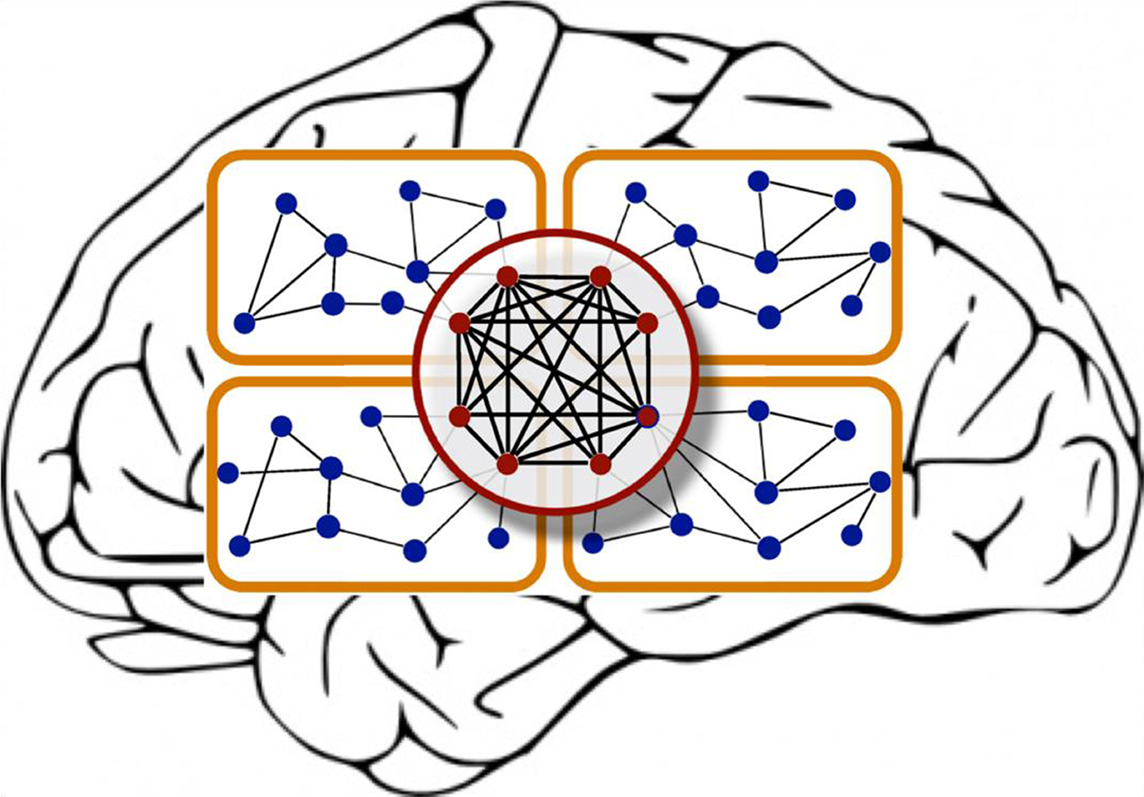Michael Avery

| Research
Interests Visual attention The brain is made up of billions of neurons and trillions of synapses, however, in order to optimize behavior, information must be constantly filtered out/in of your perceptual stream. The brain is hardwired to automatically filter out/in some environmental stimuli (e.g. moving objects automatically attract attention). This is called bottom-up attention. The brain also has the ability to selectively filter information depending on what task you're engaged in. When you are driving a car, for example, different things in the world will grab you're attention than when you're a passenger in a car. I am interested in the mechanisms in the brain that give rise to attention, especially in the visual system. Neuromodulation Neuromodulators, such as acetylcholine, dopamine, serotonin, and norepinephrine are extremely important for fast adaptation to changing environmental stimuli. Because of this, these systems are intertwined with many cognitive processes, including attention, learning, memory, and decision making. The flexibility that these systems provide us with, however, comes with a cost. When these systems break down, neurological disorders, such as depression, anxiety, schizophrenia, Alzheimer's, Parkinson's, ADHD etc. occur. I am interested in how these systems interact with one another, how they optimize information processing when they're working correctly, and how they lead to disorders when they fail. |
 |